Newsletter Signup
Stay up to date on all the latest news from Boston.com
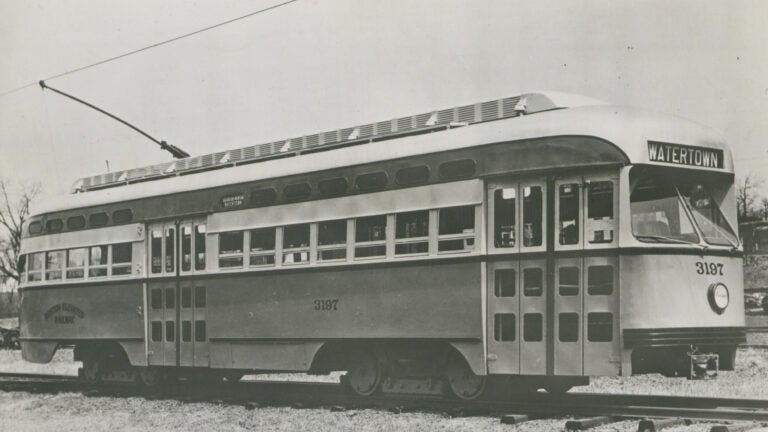
Anyone who has ever boarded a Green Line trolley has likely taken note of the letters representing the different branches: B, C, D, and E.
But what ever happened to the “A” branch?
To better understand this history, Boston.com, at the recommendation of the MBTA, spoke with local transit historian Bradley Clarke, who is president of the Boston Street Railway Association and an author of 10 books on transit in Boston and Massachusetts.
In 1896, the West End Street Railway — which was transitioning from horsecars to electric trolleys at the time — opened a line extending from Newton Corner to North Station, then known as North Union Station, Clarke explained by phone.
“It followed a convoluted route from Newton Corner, down Washington Street, Park Street, Tremont Street, Washington Street, Cambridge Street, Brighton Avenue, Commonwealth Avenue, and into downtown Boston,” he said, noting that this was in part the beginning of what would become the A branch.
The A branch’s official start though, per se, was in August 1900 (still decades before the “Green Line” and lettered branches) when track was opened on Commonwealth Avenue, leading all the way to Lake Street in Brighton for today’s B branch, Clarke explained.
“The vestigial A line now began running down Commonwealth Avenue to the Tremont Street subway, which had opened three years earlier in 1897,” he added.
The Tremont Street subway was the first subway built in the U.S. The tunnel, which continues to connect the Green Line’s Boylston and Park Street stations today, was 125 years old as of this past September, the MBTA tweeted in the fall.
🎉Happy 125th anniversary to the Tremont Street subway! #OnThisDay in 1897, the Tremont Street subway opened for service in Boston becoming America's first-ever subway tunnel. This historic landmark is still used today connecting the Green Line's Boylston & Park Street stations. pic.twitter.com/jb7upLvht1
— MBTA (@MBTA) September 1, 2022
Trolleys also continued from Newton Corner via Galen Street to Watertown Carhouse — which still exists today, otherwise known as Watertown Yard.
Flash forward several decades to 1962.
Largely in response to a shortage of electric trolley cars at the time, the Metropolitan Transit Authority — the predecessor to the Massachusetts Bay Transportation Authority, or MBTA — decided to try converting a couple of lines from trolley cars to diesel buses, Clarke said.
They conducted a short trial, but it was unsuccessful. The A line commuters did not enjoy riding the bus to Kenmore, getting off the bus, taking the escalator downstairs, and boarding trolley cars from Commonwealth Avenue, Beacon Street, and Riverside — especially if it meant losing their seat, he explained.
Public pressure from this trial ensured that the A branch remained active for several more years.
By 1969, the lack of operating trolley cars to run the A branch had become critical, Clarke said.
Politicians at the time reportedly made it clear that the Commonwealth Avenue line, the Beacon Street line, and the Riverside line — now known as the B, C, and D lines, respectively — were more important than the A line. Once again, officials moved to convert the line from streetcars to diesel buses, he said.
“There was a lot of public opposition — the Committee for Better Transit, for example, out in in Brighton, Newton, and Watertown, fought them tooth and nail at public meetings, putting up posters, doing a newspaper campaign, everything, but they did not prevail,” Clarke said. “And so the line was converted.”
Though the A branch was converted from trolley car to bus operation in 1969, the tracks remained in place from the central subway to Watertown until 1992 as a satellite access way to Watertown Carhouse, Clarke said.
Watertown Carhouse served as a “sort of second shop — the main shop being in Everett, Massachusetts” — where trolley cars were painted, repaired, maintained, etc., the local transit expert said. Transit officials were able to access Watertown Carhouse more easily than the shop in Everett due to the tracks, whereas to access the shop in Everett, streetcars had to be put on a truck and hauled there.
The tracks were eventually removed beginning in 1992, following public pressure, mainly within the city administration, Clarke said. The last of the tracks were removed in 1994, he said.
Today, the 57 bus follows a similar route that the A branch did, Clarke said.
The only major change is that the trolley cars ran straight over the Massachusetts Turnpike via a special right of way built for them in 1964, rather than the loop the buses take, he said.
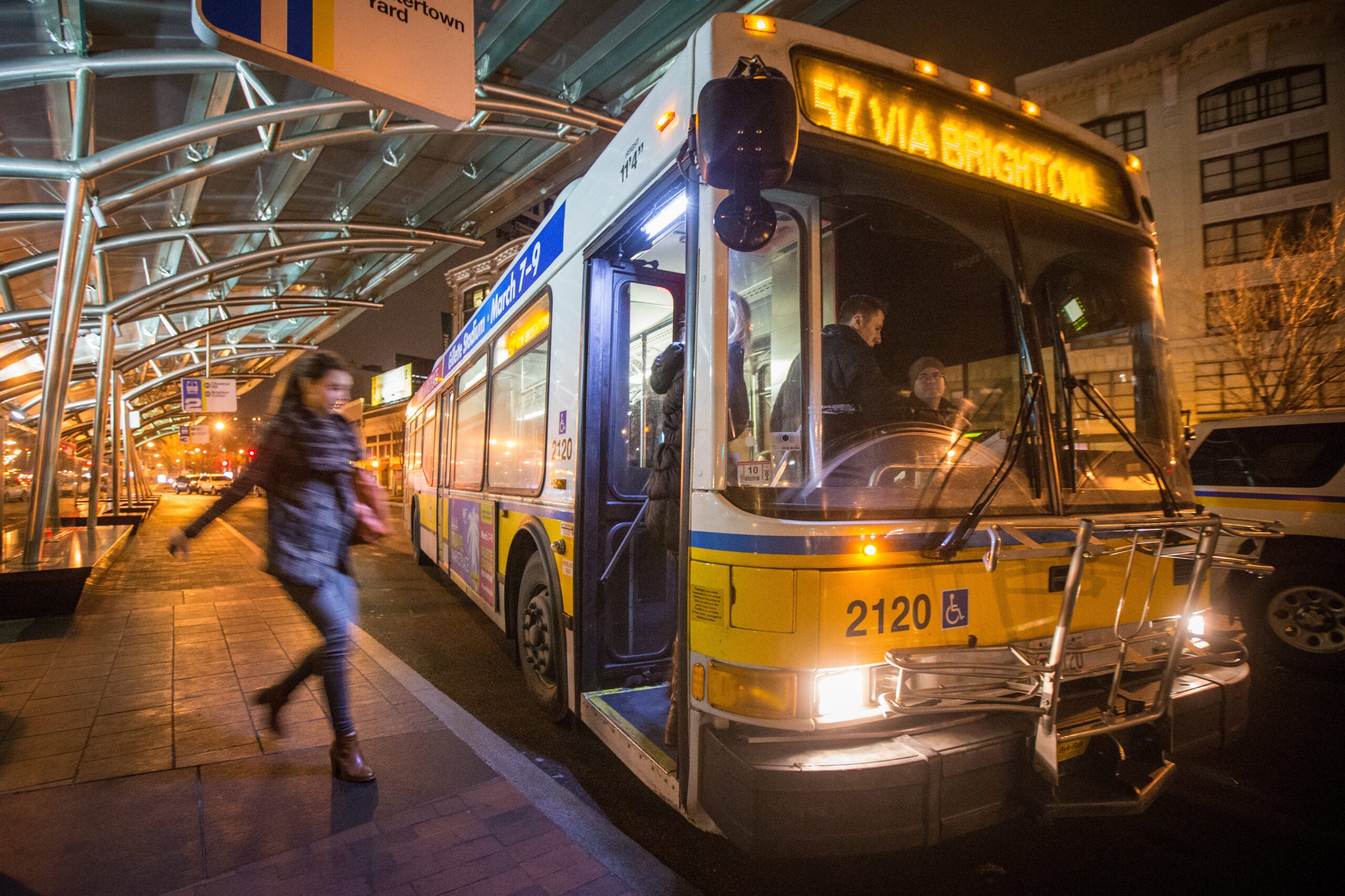
Stay up to date on all the latest news from Boston.com
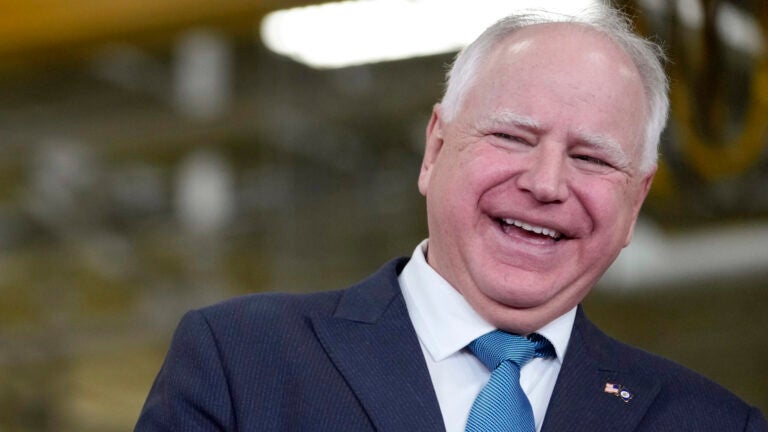
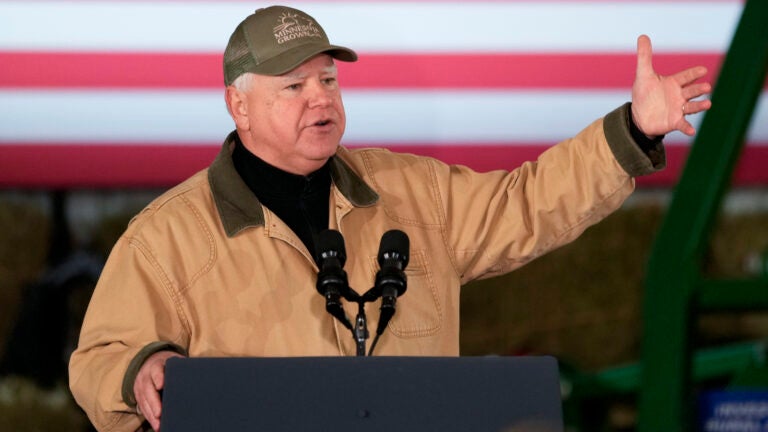
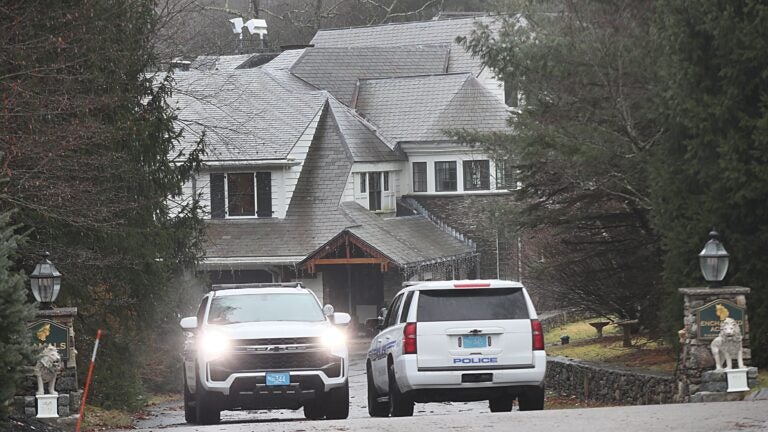
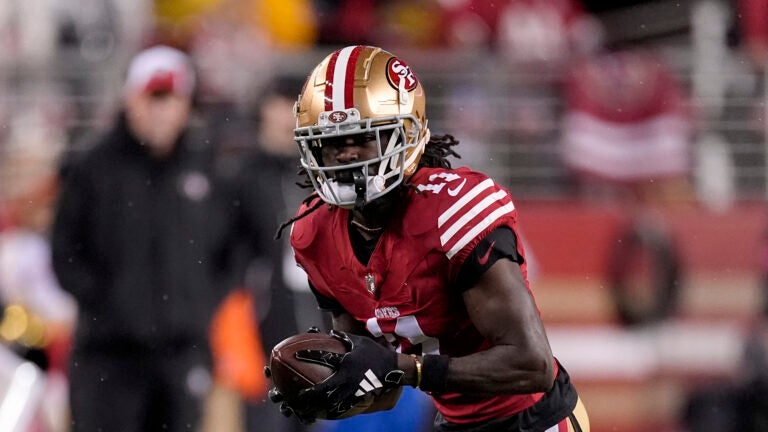

Stay up to date with everything Boston. Receive the latest news and breaking updates, straight from our newsroom to your inbox.
Conversation
This discussion has ended. Please join elsewhere on Boston.com